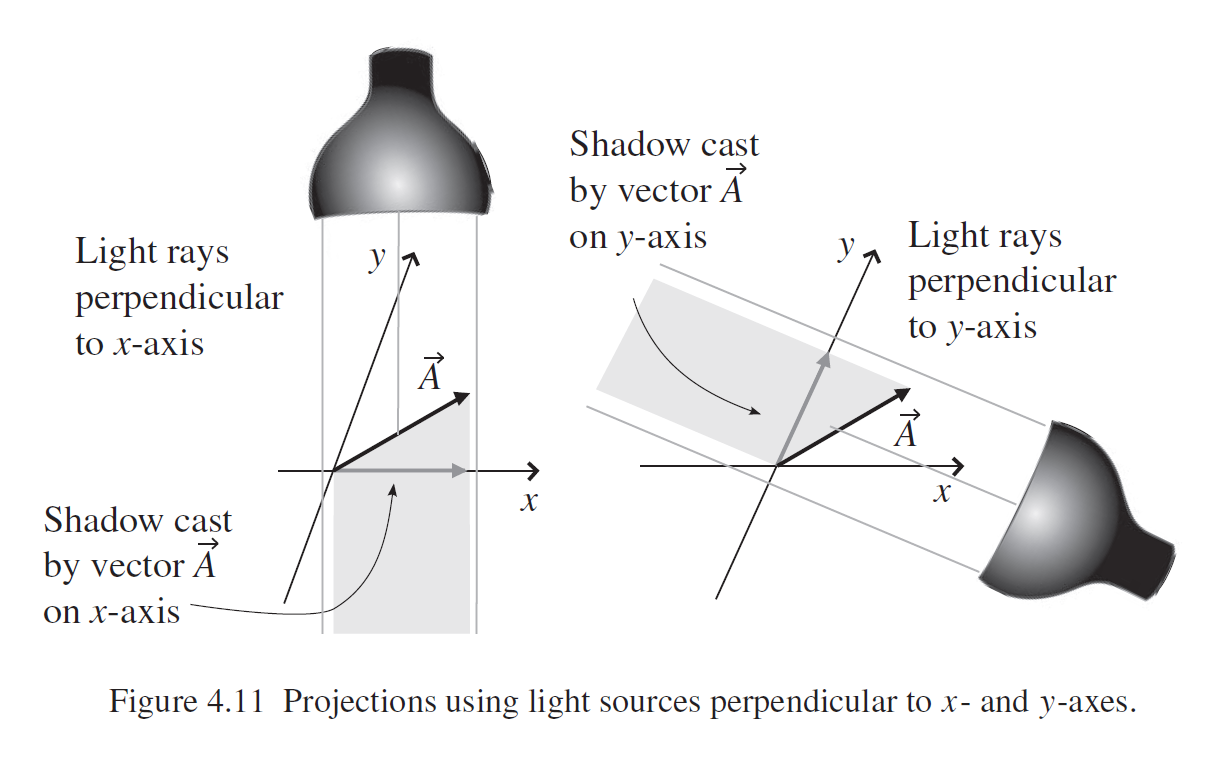I was trying to intuitively understand the covariant and contravariant bases for a coordinate system and I came across this image on Wikipedia:
Edit: After reading the first two answers I think I may have not posed my question correctly so I have changed it a bit. I understand that vectors and dual vectors are vastly different objects and occupy different spaces. A proper treatment of them would have to be done solely mathematically. This image seems more of a way to visualize the tangent and cotangent spaces and allow you to visually find the covariant and contravariant components of a vector. I was wondering how to interpret this image and if it was a useful way of visualizing covariant and contravariant vectors.
Based on this image, it seems that the covariant basis vectors $\hat{e}_i$ can be visualized as vectors that point in a direction tangent to the lines of the coordinate grid, while the contravariant basis vectors $\hat{e}^i$ can be visualized as vectors that point in a direction normal to the lines of the coordinate grid.
Is this a correct interpretation of this image and what the covariant vs. contravariant basis vectors are visualized by in it? Even if it is correct if there is a better way to intuitively/graphically understand covariant and contravariant vectors and what their components mean let me know.
Next, if that interpretation is correct, then would an expression like $\dfrac{\partial \hat{e}_i}{\partial x^j}$ be interpreted as the vector displacement of one of the visualized covariant basis vectors $\hat{e}_i$ in this image if you move an infinitesimal distance along the coordinate grid lines of the image in the direction $x^j$?





